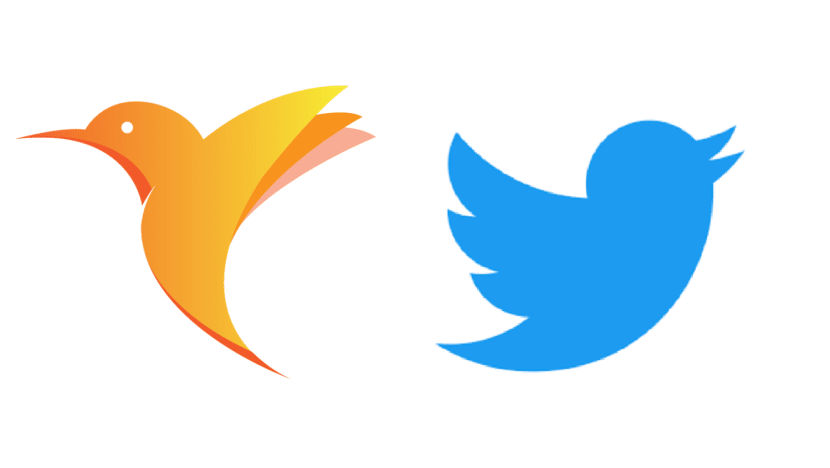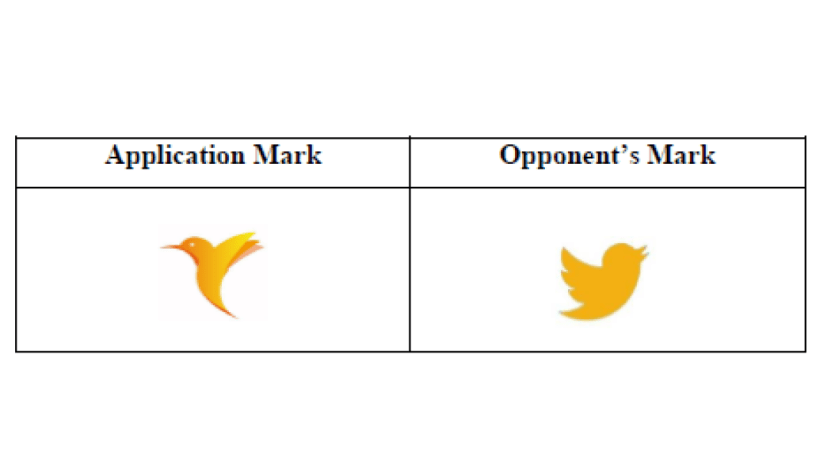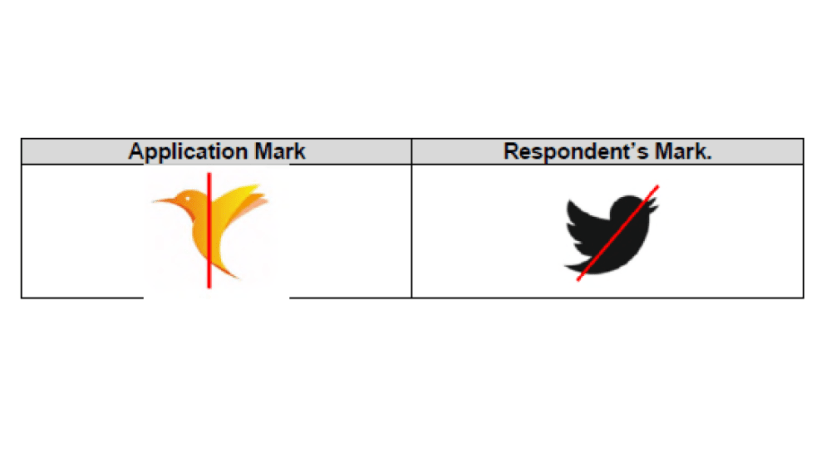Twitter wins court tussle as Singapore tech firm fails in appeal to have bird logo trademarked
The applicant, V V Technology, wants to have its yellow hummingbird logo registered as a trademark, but Twitter opposed.

The competing bird marks. (Photos: Facebook/V V Technology, Wikimedia Commons)
SINGAPORE: A Singapore-founded tech start-up will not be able to register for its bird logo to be trademarked after a High Court dismissed its appeal, which was opposed by United States-based Twitter.
V V Technology, a technology start-up behind a mobile application that serves as a user's smart personal concierge, applied to register its application mark of a yellow hummingbird in September 2018.
In September 2019, Twitter filed its notice of opposition, and a principal assistant registrar ruled in Twitter's favour.
He found that V V Technology's application mark had been registered for a very broad range of goods and services, some of which overlapped with those for which Twitter's mark had been registered.
These include computer software applications, advertising, providing online forums and entertainment services. Its mobile application has not been launched yet.
Twitter, which was founded in 2006 and incorporated in the United States of America in 2007, has been a publicly listed company on the New York Stock Exchange since 2013.
It owns and operates the Twitter platform, one of the largest social networks in the world today, said Judicial Commissioner Goh Yihan.
Between 2015 and 2019, Twitter's approximate annual worldwide revenue under the Twitter brand ranged from US$22 billion in 2015 to US$3.46 billion in 2019.
The company spends a large amount on advertising and promotions, said the judge, with worldwide marketing expediture ranging from US$717 million to US$957 million a year between 2015 and 2019.
The Twitter platform operates under its registered mark and its variations, with co-founder Jack Dorsey previously saying that "Twitter means a short inconsequential burst of information, chirps from birds".
The brand strategy since its founding has been towards cultivating a symbol of a bird as synonymous with Twitter and its goods and services, said the court.
Since 2006, Twitter has used and promoted a variety of bird logos in connection with its products and services.
THE DECISION THAT V V TECHNOLOGY APPEALED AGAINST
The principal assistant registrar found that the marks, if rendered in yellow and compared side by side, are visually similar. Both marks depict a bird in flight, both depict the side profile of a bird and both appear to depict a relatively small bird.

V V Technology appealed against the decision. In a judgment on Wednesday (Nov 24), the High Court dismissed the tech start-up's appeal.
Judicial Commissioner Goh found that Twitter's opposition is to succeed, as the competing marks are visually and conceptually similar to a fair degree, with a likelihood of confusion.
He found that there is a real risk that the misrepresentation could divert sales and customers away from Twitter.
In its arguments, V V Technology argued that the competing marks were of different orientations. They said that it is clear if a line is drawn across the bird's body.

However, the judge rejected the submissions, saying it was unclear what counts as a line drawn "across" the bird's body and that orientation can change depending on how one draws the line.
V V Technology also argued that while both birds are depicted in flight, the movements implied by the position of their bodies, wings and position of their heads are different.
The judge again rejected this argument saying there was no one definite way to draw the body line.
V V Technology also argued that their bird had three wings but Twitter's bird had a single wing with three distinct feathers.
The judge rejected this argument.
JUDGE SAYS ARGUMENTS ARE SPLITTING FEATHERS
"In the first place, I cannot understand how a bird, unless it is of the mutated variety, can have three wings. I think that the applicant is truly splitting feathers with this argument, which goes against the general flights of the correct approach to be taken in assessing the similarity between marks," he said.
He agreed with Twitter's point that this was not meant to be a detailed spot-the-difference comparison, as the differences identified by V V Technology are ultimately trivial and unlikely to feature in the average consumer's overall impression of the marks.
"Thus, while one can always point out minute differences between the two signs, these broad coincidences between the competing marks' general shapes, movement, features, and compositions are sufficient to establish visual similarity," said the judge.
He ruled that both sides operate in the same fields of business activity and their respective products provide similar services, so they are in direct competition with each other.
"There is a real risk that the misrepresentation could divert sales and customers away from the respondent," said the judge.
He asked both sides to make submissions on costs, unless they can agree on it.
Twitter was represented by Aaron Thng and Marcus Hoh Zi Quan from Amica Law, while V V Technology was represented by Meryl Koh Junning, Justin Lai Wen-Jin and Daniel Wong Sheng Jie from Drew & Napier.














